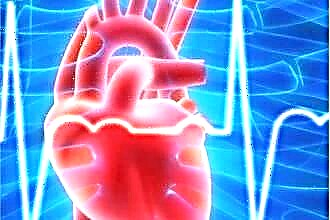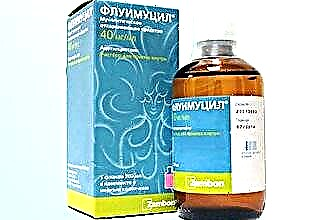How does heat affect the VSD?
The functional balance of the sympathetic and parasympathetic divisions of the human ANS is relative, with one of them prevailing. An imbalance in their tone is the IRR. However, with this pathology, there are no structural transformations of the autonomic nervous system. A similar condition occurs for various reasons or as a result of their combination.
Internal factors:
- genetic predetermination;
- hormonal changes;
- hypodynamia;
- infectious focus.
External factors:
- lingering stress;
- brain injury;
- radiation;
- vibration;
- prolonged insolation;
- alcoholism.
The combination of factors leads to an imbalance in the neurohumoral and metabolic regulation of the cardiovascular system. Changes in the hypothalamic structures of the brain are considered to be predominant in the pathogenesis of VSD.
Regulatory dysfunctions lead to system dysfunctions:
- histamine-serotonin;
- disorder of water-salt balance;
- kallikrein-kininova;
- cholinergic;
- sympathoadrenal;
- lowering oxygen in the tissues.
As a result, tissue hormones are activated, upsetting metabolism and provoking myocardial dystrophy.
VSD tends to exacerbate during the hot season. This fact is explained by the fact that the body suffers from moisture loss, as a result of which there is a violation of the water balance, the volume of blood decreases and the tone of the vessels is weakened.
Symptoms:
- headache;
- fatigue;
- panic attacks;
- hot flashes with sweating;
- feeling of nausea;
- dizziness;
- emotional lability in the form of irritability or melancholy.
As a rule, the attack begins against the background of stuffiness.
Meteorological factors for dystonia
| Dangerous factors | What consequences can cause |
|---|---|
| Direct rays of sunlight | Blood pressure drops in both hypotonic and hypertensive type. |
| Thunderstorm | Panic attacks, feelings of anxiety and excitement. |
| Stuffiness | Ringing in the ears, cold extremities, sensation of heat. |
What should the patient remember during the hot season?
It is more correct to transfer heat during VSD in a closed room or in a shaded place, avoiding stuffiness and exposure to direct sunlight. You should not be outside in the hot season, even if you have a headdress. It is better to have a bottle of water with you, which can be washed down with any sedative (Corvalol, motherwort, valerian). They should be taken at the very beginning of the attack.
Prevention of crises in the heat:
observance of the regime of work and rest;
- sleep for at least 8 hours;
- rational sports load;
- moderate healthy eating;
- physiotherapy;
- balneotherapy;
- psychological peace;
- water procedures (swimming in ponds, baths, fan shower).
VSD and heat are incompatible, but this is not a reason to give up a vacation on the seaside. It should be borne in mind that the optimal months for rest are September and October. It is better to swim before ten in the morning and after four in the evening.
When choosing a route, you need to give preference to the climatic zone as close as possible to the area of residence. A patient with vegetative-vascular dystonia should refuse to travel to excessively hot countries, especially with high humidity.
Also, do not drastically change time zones and climatic conditions without moving from winter to summer.
Conclusions
All people with VSD should know about the effect of weather conditions on their condition and health. You should contact a specialist if for the first time existing symptoms of pathology arise or worsen.
Also, when the VSD clinic debuts, one should remember about the differential diagnosis of the problem, since often more serious diseases are hidden under the guise of vegetative-vascular dystonia.



